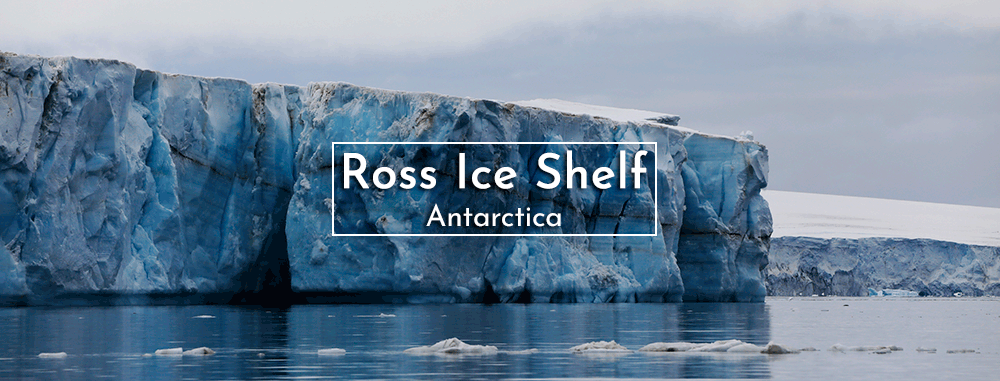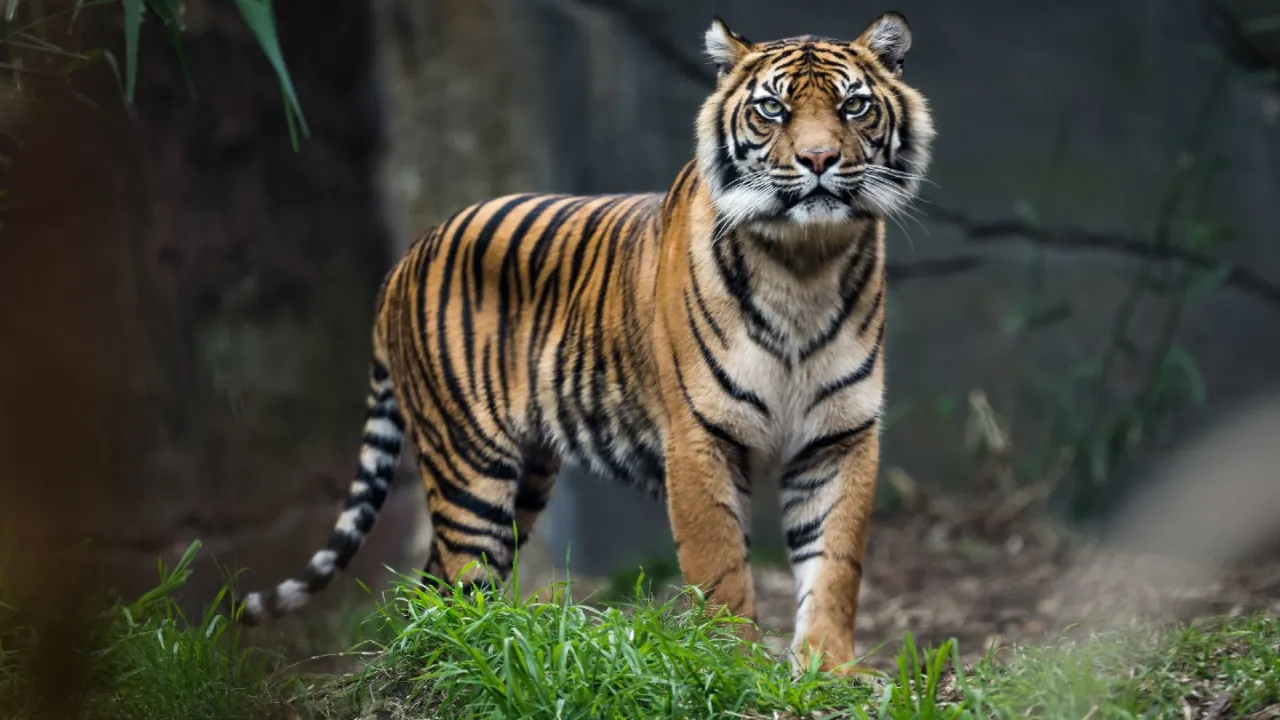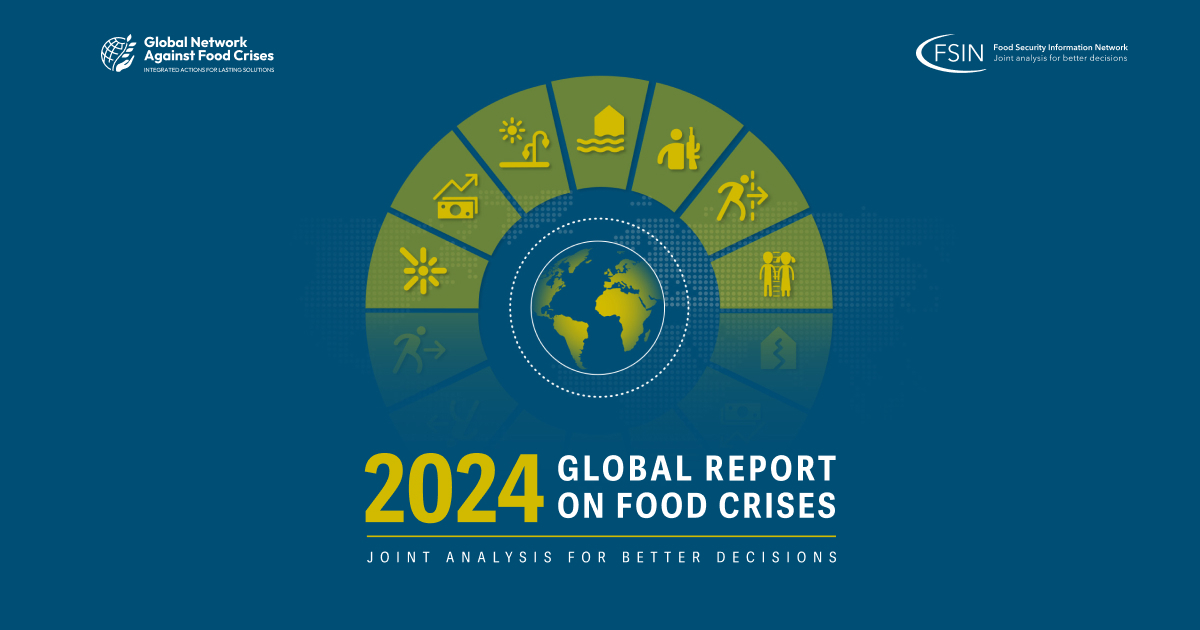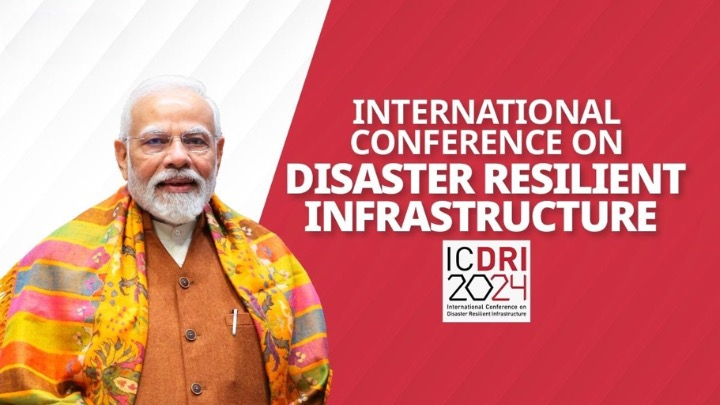Microsoft Phi-3-Mini

- 25 Apr 2024
Why is it in the News?
A few days after Meta unveiled its Llama 3 Large Language Model (LLM), Microsoft recently unveiled the latest version of its ‘lightweight’ AI model – the Phi-3-Mini.
What is Phi-3-Mini?
- Phi-3 refers to a series of language models developed by Microsoft, with Phi-3-mini being a notable addition.
- Phi-3-mini is a 3.8 billion parameter language model trained on 3.3 trillion tokens, designed to be as powerful as larger models while being small enough to be deployed on a phone.
- Despite its compact size, Phi-3-mini boasts impressive performance, rivaling that of larger models such as ChatGPT-3.5.
- Furthermore, Phi-3-mini can be quantized to 4 bits, occupying approximately 1.8GB of memory, making it suitable for deployment on mobile devices.
- The model’s training data, a scaled-up version of the one used for Phi-2, is composed of heavily filtered web data and synthetic data, contributing to its remarkable capabilities.
Advantages and Challenges of Phi-3-Mini:
- Phi-3-mini exhibits strengths in its compact size, impressive performance, and the ability to be deployed on mobile devices.
- Its training with high-quality data and chat-finetuning contribute to its success. This allows it to rival larger models in language understanding and reasoning.
- However, the model is fundamentally limited by its size for certain tasks.
- It cannot store extensive “factual knowledge,” leading to lower performance on tasks such as TriviaQA.
- Nevertheless, efforts to resolve this weakness are underway, including augmentation with a search engine and exploring multilingual capabilities for Small Language Models.
- Safety: Phi-3-mini was developed with a strong emphasis on safety and responsible AI principles, in alignment with Microsoft’s guidelines.
- The approach to ensuring safety involved various measures such as safety alignment in post-training, red-teaming, and automated testing.
- It also involved evaluations across multiple categories of responsible AI (RAI) harm.
How is Phi-3-Mini Different From LLMs?
- Phi-3-mini is the Small Language Model (SLM). Simply, SLMs are more streamlined versions of large language models.
- When compared to Large Language Model (LLM), smaller AI models are also cost-effective to develop and operate, and they perform better on smaller devices like laptops and smartphones.
- SLMs are great for “resource-constrained environments including on-device and offline inference scenarios.
- Such models are good for scenarios where fast response times are critical, say for chatbots or virtual assistants.
- Moreover, they are ideal for cost-constrained use cases, particularly with simpler tasks.
- While LLMs are trained on massive general data, SLMs stand out with their specialisation.
- Through fine-tuning, SLMs can be customised for specific tasks and achieve accuracy and efficiency in doing them.
- Most SLMs undergo targeted training, demanding considerably less computing power and energy compared to LLMs.
- SLMs also differ when it comes to inference speed and latency.
- Their compact size allows for quicker processing and their cost makes them appealing to smaller organisations and research groups.
Ross Ice Shelf

- 25 Apr 2024
Why is it in the News?
New research has found a "missing piece of the puzzle" of West Antarctic Ice Sheet melt, revealing that the collapse of the ice sheet in the Ross Sea region can be prevented—if we keep to a low-emissions pathway.
About Ross Ice Shelf:
- The Ross Ice Shelf is a floating mass of land-ice, with a front between 15 and 50 meters high. ?
- It is the largest ice shelf in Antarctica.
- Situated in the Ross Sea, it extends off the coast into the ocean, covering an impressive 487,000 square kilometers, roughly the size of France.
- Despite its vast surface area, only 10% of the ice shelf is visible above the water, mostly concealed beneath hundreds of meters of ice.
- The thickness of the Ross Ice Shelf varies significantly, ranging from about 100 meters to several hundred meters at its thickest points near the areas where the shelf connects to the Antarctic continent.
- The formation of the Ross Ice Shelf is the result of snow accumulation and compaction over time, which ultimately transforms into ice.
- It is continuously fed by glaciers draining from both the East and West Antarctic Ice Sheets, creating a balance as new ice is added while existing ice is removed through melting at the base and calving at the front.
- This massive ice shelf plays a critical role in stabilizing the Antarctic ice sheet.
About the Ross Sea:
- Location and Size: The Ross Sea is a vast, remote bay located just 320 km from the South Pole, positioned south and slightly east of New Zealand.
- It covers an area of approximately 370,000 square miles (960,000 square km), making it the largest polar marine ecosystem in the world.
- The sea's dynamics are significantly shaped by the coastal East-Wind Drift, which establishes a vast clockwise gyre, complemented by deepwater upwelling phenomena.
- Notably, it holds the distinction of being Antarctica's first protected area, serving as a habitat for a plethora of penguin species and numerous whale species.
- Depth: Despite its vast size, the Ross Sea is relatively shallow, with an average depth of approximately 530 meters.
- Historical Exploration: The sea is named after British explorer Sir James Clark Ross, who first visited the area in 1841 during his expedition to Antarctica.
- The Ross Sea's importance to both the scientific community and global conservation efforts cannot be overstated, as it provides valuable insights into the effects of climate change on polar ecosystems.
Global Tiger Conservation Coalition

- 25 Apr 2024
Why is it in the News?
At the Sustainable Finance for Tiger Landscapes Conference, Bhutan and the Tiger Conservation Coalition pledged to mobilize $1 billion for tiger conservation efforts.
About the Tiger Conservation Coalition:
- The Tiger Conservation Coalition is a group of non-governmental organizations (NGOs) that have worked for many years with partners to conserve tigers.
- It brings together leading tiger biologists and experts in wildlife crime, human-wildlife coexistence, policy, finance, development, and communications with unprecedented alignment on achieving tiger conservation at scale.
- Its member organizations include the Environmental Investigation Agency (EIA), Fauna & Flora, the International Union for Conservation of Nature and Natural Resources (IUCN), Panthera, TRAFFIC, United Nations Development Programme (UNDP), Wildlife Conservation Society (WCS) and World Wide Fund for Nature (WWF).
- It is an independent group of organizations that combines and shares the vast knowledge, on-the-ground experience, and data of its members and partners to support Tiger Range Countries in developing and implementing effective approaches to tiger conservation.
- The Coalition was founded on strong relationships among eminent tiger experts already working together on major tiger assessments, including the latest assessment by the IUCN Red List of Threatened Species released in 2022, and the forthcoming Green Status Assessment, and coalesced around a common vision for tiger recovery.
- By engaging national and local civil society organizations from the region, and continuing to support the Global Tiger Initiative Council and the Global Tiger Forum, the coalition aims to further strengthen partnerships and impactful outcomes for tigers.
- In January 2022, the Tiger Conservation Coalition released its vision for tiger recovery through 2034, the next Year of the Tiger.
- “Securing a Viable Future for the Tiger” presents a set of measurable goals and high-level strategic approaches to achieve the long-term presence of viable and ecologically functional populations of wild tigers.
- Its suggested actions, grounded in the latest science and results, would lead to increasing numbers of tigers secure in current and expanded protected habitats, with distribution and connectivity across their indigenous range.
- Tiger Conservation Coalition members co-developed Tiger Conservation Landscapes 3.0, an integrated habitat modeling system to measure and monitor changes in tiger habitat at range-wide, national, biome, and landscape scales in near real-time.
- This work serves as a model for objective, range-wide, habitat monitoring as countries work to achieve the goals laid out in the 30x30 agenda, the Sustainable Development Goals, and the Kunming-Montreal Global Biodiversity Framework.
Global Report on Food Crises (GRFC) 2024

- 25 Apr 2024
Why is it in the News?
Nearly 282 million people faced high levels of acute food insecurity in 59 countries in 2023, with extreme weather being the second most significant factor driving food crisis, revealed the 2024 Global Report on Food Crisis (GRFC) released April 24, 2024.
About Global Report on Food Crises (GRFC) 2024:
- The Global Report on Food Crises (GRFC) 2024, released annually by the Food Security Information Network (FSIN), provides a comprehensive analysis of global food crises and their causes.
- Launched by the Global Network Against Food Crises, a multistakeholder initiative involving United Nations agencies, the European Union, the United States Agency for International Development, and various non-governmental agencies, the report highlights the alarming state of food insecurity worldwide.
Key findings from the GRFC 2024 include:
- Analysis of 1.3 billion people in 59 countries in 2023, with nearly 282 million facing high levels of acute food insecurity.
- Identification of 2023 as the fifth consecutive year of rising numbers of people suffering acute food insecurity, defined as life or livelihood-threatening food deprivation.
- Conflicts, extreme weather events, and economic shocks have been identified as the primary drivers behind worsening food crises globally.
- Conflict hotspots like Palestine's Gaza Strip and Sudan experienced a significant escalation in food crises during 2023, with conflict and insecurity becoming the main drivers in 20 countries, directly affecting 135 million people.
- The Gaza Strip emerged as the area with the most severe food crisis over the past eight years of GRFC reporting, while Sudan is facing one of the worst food crises globally, with nearly one-third of its population in need of emergency food assistance.
- Weather extremes were the main driver in 18 countries, causing over 72 million people to face high levels of acute food insecurity.
- The 10 countries experiencing the largest food crises in 2023 included the Democratic Republic of Congo, Nigeria, Sudan, Afghanistan, Ethiopia, Yemen, Syria, Bangladesh, Pakistan, and Myanmar.
- On a positive note, the food crisis improved in 17 countries, including the Democratic Republic of Congo and Ukraine.
- The GRFC 2024 report emphasizes the urgent need for coordinated global efforts to address the root causes of food crises and enhance the resilience of vulnerable populations.
- By understanding and responding to these challenges, we can work towards a more food-secure future for all.
International Conference on Disaster Resilient Infrastructure (ICDRI)

- 25 Apr 2024
Why is it in the News?
Countries must build “resilient infrastructure” against natural disasters that are becoming more frequent and severe, said Prime Minister Narendra Modi recently.
About the Coalition for Disaster-Resilient Infrastructure (CDRI):
- The Coalition for Disaster-Resilient Infrastructure (CDRI) is a global partnership comprising national governments, UN agencies and programs, multilateral development banks, private sector entities, and academic institutions.
- Established during the United Nations Climate Action Summit in 2019 in New York, CDRI is dedicated to addressing the challenges associated with building resilience in infrastructure systems and development processes.
Objectives:
- CDRI aims to enhance the resilience of infrastructure systems to climate and disaster risks, thereby promoting sustainable development.
- It seeks to expedite the development and retrofitting of resilient infrastructure to meet the imperatives of the Sustainable Development Goals, including universal access to basic services and fostering prosperity and decent work.
- Serving as an inclusive multi-stakeholder platform, CDRI is led and managed by national governments. It facilitates the exchange of knowledge on various aspects of infrastructure resilience.
- CDRI brings together diverse stakeholders to create mechanisms assisting countries in upgrading their capacities, systems, standards, regulations, and practices related to infrastructure development, tailored to their risk contexts and economic needs.
Membership:
- Since its inception, 39 countries, 7 international organizations, and 2 private sector organizations joined as members.
- International organizations include:
- The Asian Development Bank (ADB)
- World Bank Group
- United Nations Development Programme (UNDP)
- United Nations Office for Disaster Risk Reduction (UNDRR)
- European Union
- European Investment Bank, and
- The Private Sector Alliance for Disaster-Resilient Societies (ARISE)
- The CDRI is the second major coalition launched by India outside of the UN, the first being the International Solar Alliance.
Secretariat:
- CDRI's secretariat is based in New Delhi, India.
